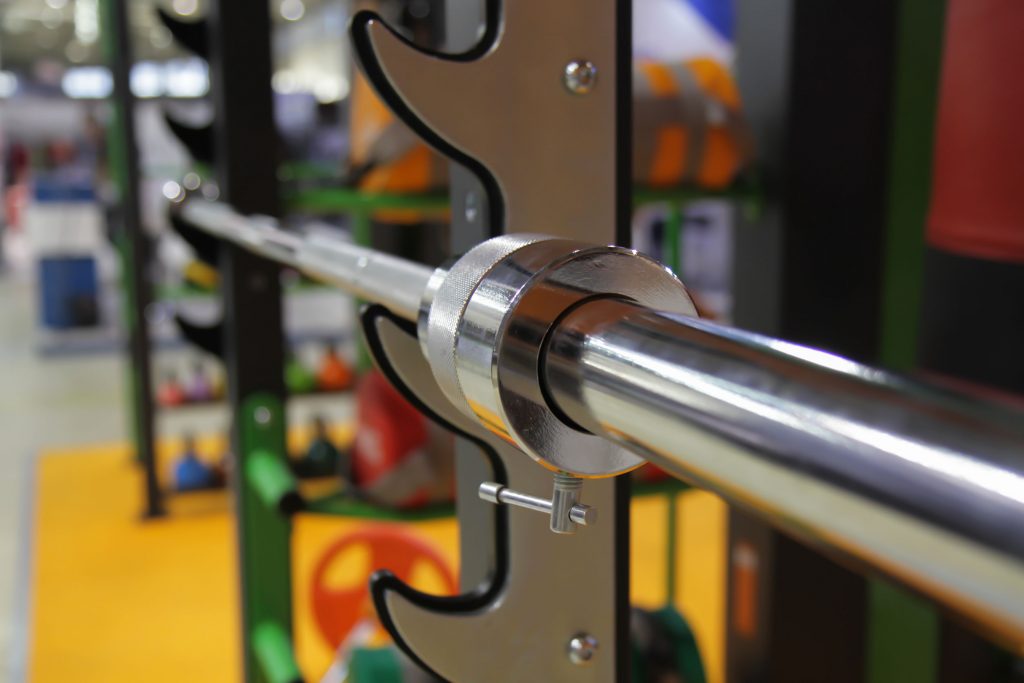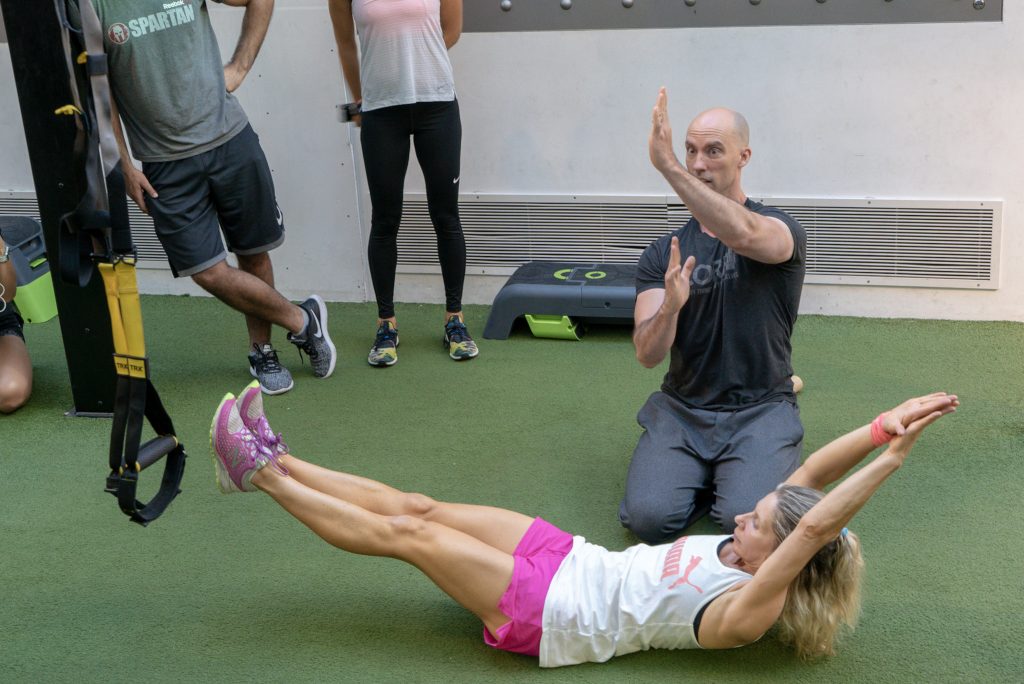There’s a lot that needs to be taken into consideration when assessing a new client.
Their unique injury history (past and present), goal(s), training experience, time constraints, equipment availability, even their favorite 90’s tv teen drama (if it’s not Party of Five we can’t be friends)…
…all are taken into account and cross-pollinated with my educational background and experience to ascertain, to the best of my ability, what will be the best course of action to get said individual from Point A1to Point B2 this means becoming in the most time efficient and and safe manner possible.

For all intents and purposes the assessment, at least from my perspective, is an amalgamation of muscle testing, movement screens, table work, and good ol’ fashioned investigative work to see whether or not something shakes free or if any “red flags” exist.
But more importantly, the assessment is a splendid opportunity to set the tone, prove to someone that they’re not “broken,” and to help them find their TRAINABLE MENU.
In short, I often joke that my assessment can be described as follows:
“Can the person standing in front of me do stuff?”
There’s only so much muscle testing, table work, looking at range of motion, and “hmmm’ing” and “ahhhh’ing” any one individual can tolerate before (s)he wants to jump through a pane glass window.
To that end, I prefer to make my assessments more palatable by getting the person standing/sitting in front of me more involved in the process and providing the “facade” (for lack of a better term) that they’re being taken through a pseudo training session.
By having him or her MOVE during their assessment I accomplish a few things:
1) I don’t come across as a creepoid by just staring at them for 60 minutes.
2) I get waaaaaaay more information in terms of movement ability, compensation patterns (if any) that exist, and whether or not certain positions (or loads) exacerbate their symptoms.

Active vs. Passive Assessment
One simple way to do all the above is to differentiate between one’s ability to actively perform a specific movement pattern and to passively do it.
My colleague, Luke Worthington, summarized this point beautifully and succinctly in his presentation for The Complete Trainers’ Toolbox:
“What can THEY do?” = Active Assessment
“What can I do FOR them?” = Passive assessment.
Lets us the squat as an example.
When you watch someone perform a standard bodyweight squat – or loaded – you’re bound to see a bevy of things go awry.
Don’t get me wrong, it’s not always a shit show.
Every so often I’ll work with someone for the first time, they’ll demonstrate a well executed squat, and I’ll break down crying like the first time I watched Lady Gaga and Bradley Cooper perform Shallow in the movie A Star is Born.
However, if I’m being honest, this doesn’t happen often.3
Generally speaking there’s always something weird or wonky or twingy whenever I watch someone squat
No one is perfect.
But to that point, I think it’s imperative to differentiate between someone’s ACTIVE ability to do something and their PASSIVE ability to do it.
Watch someone squat and it’s likely you’ll see any one of the following (if not a combination):
- Knee valgus
- Excessive rounding of the spine
- Excessive pronation of the feet
- Loss of balance
- A perceived lack of depth (<— which is arbitrary, but if there’s a lot of “effort” to get to a certain depth or it’s just really, really shallow, then that is important to note).
And when we do see any of the above we have a nasty habit of assuming that said individual is dysfunctional, and subsequently end up over corrective exercising them to death.
Fast forward three months (and a cornucopia of hip mobility and ankle dorsiflexion drills) and there’s been little, if any, improvement.
To repeat: Watch someone squat (actively).
That will give you a ton of information.
But don’t stop there; especially if you find they’re having trouble with it.
You should also test them PASSIVELY.
Oftentimes, when you add this extra layer of assessment, in a way that’s less aggressive and provides a bit more stability to the system – FYI: HERE‘s another way to do it in a quadruped position – you’ll find that they CAN do what you’re asking them to do.
Why Is This Important?
In the video above I’m taking my training partner, Justin, through a basic (passive) hip scour/hip flexion screen. If he were a client this would follow an active squat assessment.
I’d want to see if his ACTIVE movement (he’s doing the work) matched his PASSIVE (I’m doing the work). From there I’d want to compare the gap that exists between the two.
I want that gap to be as narrow as possible.
If his active squat was poor yet I re-assessed passively and saw an improvement – I.e., that he could, indeed, access more ROM – then I can surmise with a high degree of certainty that he doesn’t have a micro-penis he is likely not dealing with something more nefarious, like a bony block or musculature issue.
In this scenario I can do my job as a coach.
I can implement the appropriate “correctives” and/or exercise progressions/regressions to help him learn to squat.
His body showed me he can do it passively, so I need to show it how to do it actively.
If, however, there was no improvement when testing him passively, then:
It’s not my job.
1) I’d still work within my scope and train him within the ROM that’s pain free and that he can control.
2) However, I’d also refer out for more diagnostic testing or manual therapy to compliment his iron work.
Take Home Points
- The assessment shouldn’t be used as a tool to point out every…single…dysfunction someone has.
- Besides, what presents as “dysfunctional” actively may just be the body turning on the emergency brakes.
- Also look at PASSIVE movement.
- Try to narrow the gap between active ROM and passive.
- If more ROM is present passively, then do what you do best…coach!
- If ROM is poor (or pain exists) actively AND passively, you may want to consider referring out.
- Groutfits make my butt look amazing.



